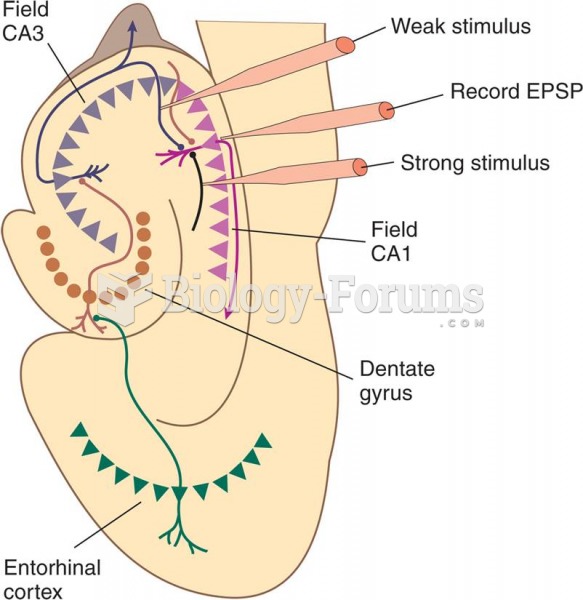Answer to Question 1
A server is any computer used to provide (or serve) files or make programs available to other computers connected to it through a network (such as a LAN or a WAN). The software that the server computer uses to make these files and programs available to the other computers is often called server software. Sometimes this server software is included as part of the operating system that is running on the server computer. Thus, some information systems professionals informally refer to the operating system software on a server computer as server software, a practice that adds considerable confusion to the use of the term server.
Some servers are connected through a router to the Internet. These servers can run software, called Web server software, which makes files on those servers available to other computers on the Internet.
When a server computer is connected to the Internet and is running Web server software (usually in addition to the server software it runs to serve files to client computers on its own network), it is called a Web server.
Answer to Question 2
Web site designers can incorporate dynamic content using two basic approaches. In the first approach, called client-side scripting, software operates on the Web client (the browser) to change what is displayed on the Web page in response to a users actions (such as mouse clicks or keyboard text input). In client-side scripting, changes are generated within the browser using software such as JavaScript or Adobe Flash. The Web client retrieves a file from the Web server that includes code (JavaScript, for example). The code instructs the Web client to request specific page elements from the Web server and dictates how they will be displayed in the Web browser.
In the second approach, called server-side scripting, a program running on a Web server creates a Web page in response to a request for specific information from a Web client. The content of the request can be determined by several things, including text that a user has entered into a Web form in the browser, extra text added to the end of a URL, the type of Web browser making the request, or simply the passage of time. For example, if you are logged into an online banking site and do not enter any text or click anywhere on the page for a few minutes, the Web server might end your connection and send a page to your browser indicating that your session has expired.







